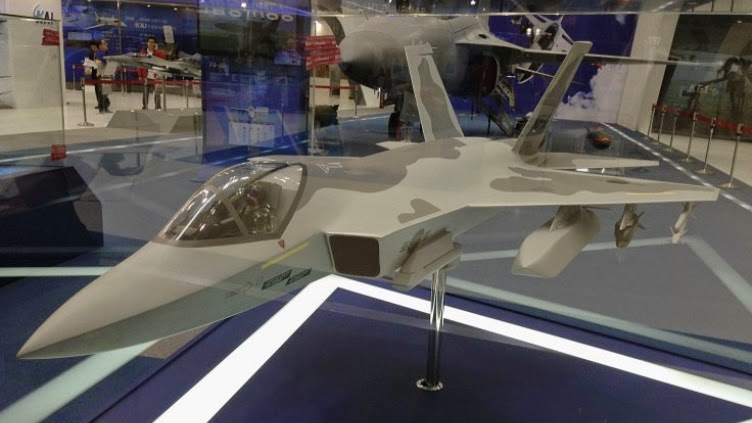America’s most advanced stealth fighter poses a great risk to China’s air defense network — and the military is going to great lengths to learn how to shoot one down.
China claims it has a radar capable of identifying stealth aircraft, including the more advanced F-22 Raptor fighter based at Andersen Air Force Base on Guam.
The claims appeared in the last week of September in Chinese-language media outlets stating that the F-22 and Europe’s Neuron unmanned combat aerial vehicle are “obsolete” against China’s new DWL002 radar.
Marketed by Beijing-based CETC International, the DWL002 passive-detection radar system was displayed during the 9th China International Defense Electronics Exhibition in Beijing in May.
It comprises one master reconnaissance station and two slave stations.
The systems can be expanded to four stations and outfitted on trucks. The DWL002 has a detection range of 400 kilometers for fighter aircraft and 600 kilometers for airborne early warning and control aircraft, such as the US E-3 Sentry and E-2 Hawkeye.
At 400 to 600 kilometers, the DWL002 can cover all of Taiwan and the disputed Senkaku Islands in the East China Sea, but is not within range of US military bases on Okinawa. Nor can it reach the Philippines.
“Its range is limited by its parameter set and is most unlikely to achieve anywhere near 500 kilometers unless it is sited on a 10,000-foot mountain targeting aircraft at 30,000 feet,” said John Wise, UK-based radar analyst.
Despite the range problem, the media says the radar provides a target capacity of 100 batches and a range of detectable signal types including pulse, frequency agility, pulse duration, tactical air navigation system, distance measuring equipment, jitter/stagger radar, and identification friend or foe.
“Passive radar like DWL002 and YLC20 do pose a threat to low-observable aircraft,” said Richard Fisher, a senior fellow with the US-based International Assessment and Strategy Center.
“Passive radar like these simply listens for any electronic emission, which for the increasingly ‘networked’ style of American combat operations, ensures there will be plenty of signals to classify and locate targets.”
Fisher said one response would be to use optical data transmission systems where possible, but that would affect strategic flexibility as line-of-sight would have to be maintained.
The DWL002 is the product of inspiration from two other passive radars, said Vasiliy Kashin, a China military specialist at the Moscow-based Centre for Analysis of Strategies and Technologies.
In 2004, the US blocked the sale of the Czech VERA-E passive radars to China, but the “Chinese had an opportunity to closely inspect the systems.” When China could not buy the VERA-E, Kashin said, they bought Ukrainian Kolchuga passive surveillance radars.
“As I understand, DWL002 is a development of the YLC20 radar, which, in turn, was mainly based on the VERA-E,” Kashin said. The Chinese YLC20 is a passive direction-finding and locating radar with a 600-kilometer range.
Americans may have forgotten China’s intimacy with US stealth aircraft and the driving force to obtain anti-stealth technology.
During the May 1999 bombing campaign against Yugoslavia, a US B-2 stealth bomber dropped five bombs on the Chinese Embassy in Belgrade in May.
In March, an F-117 stealth fighter was shot down during the war. Unconfirmed media reports suggest China was given part of the fuselage to study.
In 2011, satellite imagery available on Google Earth revealed a full-scale mock-up of the then-retired F-117 at the Luoyang Optoelectro Technology Development Center (LOEC) in Henan Province.
A former US military attaché based in Beijing during the 1990s said the mock-up is not a surprise. LOEC also has a mock-up of the B-2, F-35 and F-22, he said.
Espionage has played an important part in China’s attempt to learn more about US stealth aircraft.
In June, Su Bin, a Chinese citizen and the head of China-based Lode-Technology, was detained by Canadian authorities due to US government allegations that he provided China with classified data on the F-22 and F-35 stealth fighters. ■


